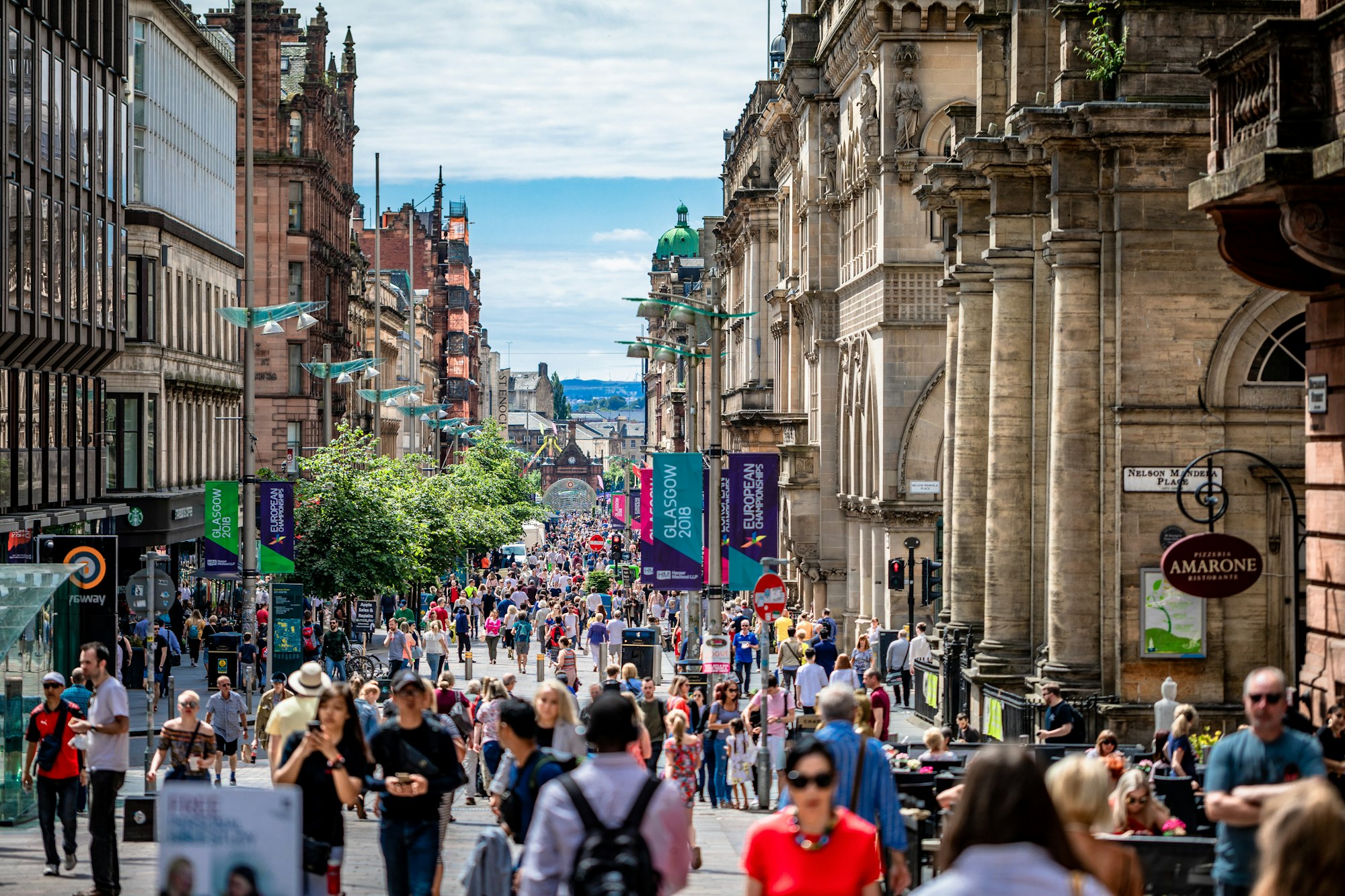What is Foot traffic data

Foot traffic data is the collection and analysis of data on the movement of people through a particular space. This can be a physical location such as a shopping mall or a virtual space such as a website. Foot traffic data is collected through various means such as sensors, cameras, and other tracking technologies. The data is then used to gain insights into the behavior and preferences of individuals and groups, as well as to identify patterns and trends in foot traffic.
Use-cases
Nightlife
One of the most common uses of foot traffic data is to identify the busiest nightlife bars and clubs. By analyzing the data, businesses can determine which locations are the most popular and attract the most foot traffic at certain times of the day and week. This information can be used to create targeted marketing campaigns and improve customer experience. The foot traffic data can also be used in consumer focussed applications to inform them about them about nearby busy bars and clubs on specific days of the week.
Digital outdoor advertisements
Another use case for foot traffic data is to optimize DOOH (Digital Out of Home) advertisement billboards. By analyzing foot traffic data, businesses can determine the best locations to place their billboards and charge more when the foot traffic is higher nearby. This can help businesses increase their advertising revenue and improve the effectiveness of their advertisements by targeting their audience at the right time and place.
Optimize staffing schedules
In addition to these uses, foot traffic data can also be used to identify the busiest times of day and adjust staffing levels accordingly, to ensure that businesses have enough personnel to handle the high foot traffic.
In the retail industry, foot traffic data can be used to improve store design and layout, as well as to identify the most popular products and services. By analyzing the data, businesses can determine which areas of the store are the busiest and adjust the placement of products and services accordingly. This can help businesses increase sales and improve the customer experience by making it easier for shoppers to find what they are looking for.
In the transportation industry, foot traffic data can be used to identify the busiest times and locations for public transportation. By analyzing the data, transportation companies can adjust their schedules and routes to accommodate the high foot traffic and improve the customer experience. This can help reduce congestion and improve the efficiency of public transportation services.
In the hospitality industry, foot traffic data can be used to identify the busiest times and locations for hotels and restaurants. By analyzing the data, businesses can adjust their pricing and promotions to accommodate the high foot traffic and improve the customer experience. This can help businesses increase their revenue and improve the profitability of their operations.
Conclusion
Overall, foot traffic data provides a wealth of information about the movement and behavior of individuals and groups. By collecting and analyzing this data, businesses can gain valuable insights that can help them improve their operations and increase their revenue. Whether it is used to optimize advertising campaigns, improve store design, or adjust transportation schedules, foot traffic data is a valuable tool for businesses looking to improve their performance and customer experience.
BestTime.app provides foot traffic (footfall) data for public venues like museums, bars, restaurants, and other tourist attractions using mobile GPS signals.
The foot traffic data includes a forecast for every hour of the week. This is shown as a percentage from 0 to 100%, wherein 100% is the busiest peak of the week. Some popular venues also have live data available. This shows how much more or less busy a venue is compared to the foot traffic in the past few weeks for that hour.
This data can also be implemented into your business using the BestTime software API. BestTime only provides relative foot traffic data for public venues. So the data does not include total visitor numbers and no long term seasonal predictions.

